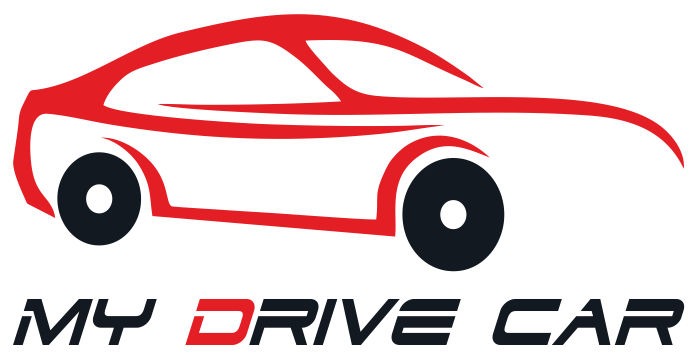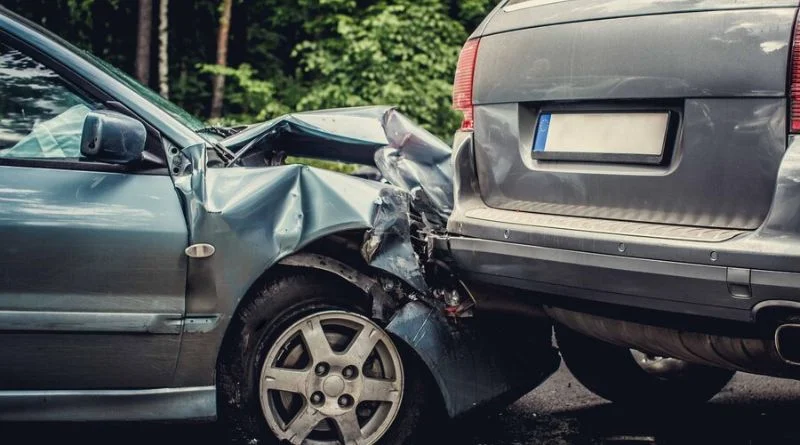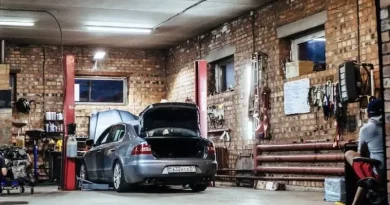What Is The Difference Between Uninsured and Underinsured Motorist Coverage?
In the realm of auto insurance, the terms “uninsured” and “underinsured” are often mentioned, but their distinctions can be elusive to many policyholders.
Uninsured and underinsured motorist coverages are designed to provide financial protection when involved in an accident with a driver who lacks sufficient insurance. Let’s delve into the details of these two essential components to help you navigate the intricacies of your auto insurance policy.
Uninsured Motorist Coverage
Uninsured motorist coverage, often abbreviated as UM, is a safeguard against the financial fallout of accidents involving drivers who lack any form of insurance. While auto insurance is mandatory in most places, a significant number of drivers still choose to flout this requirement.
In the unfortunate event of a collision with an uninsured driver, UM coverage steps in to cover medical expenses, property damage, and other related costs that the at-fault driver would typically be responsible for.
Key Features of Uninsured Motorist Coverage
Medical Expenses: Uninsured motorist coverage generally covers necessary medical treatment for injuries sustained in an accident with an uninsured driver. This includes hospitalization, surgery, rehabilitation, and other medical costs.
Property Damage: Beyond bodily injuries, UM coverage may extend to cover the damage to your vehicle or other property resulting from the accident.
Hit-and-Run Incidents: In cases where the at-fault driver flees the scene (hit-and-run), uninsured motorist coverage can also come into play, offering protection when the responsible party cannot be identified.
Policy Limits: Like any insurance coverage, uninsured motorist coverage has limits. It is crucial to review your policy to understand the maximum amount your insurer will pay in the event of a claim.
What Is Underinsured Motorist Coverage?
On the flip side, underinsured motorist coverage (UIM) addresses situations where the at-fault driver possesses insurance but insufficient to cover the full extent of the damages.
In scenarios where the other driver’s liability limits are exhausted, underinsured motorist coverage can help bridge the financial gap, ensuring that you are not left shouldering the remaining costs. In most cases, people on your side, such as a lawyer practicing personal injury in Salt Lake City can help you determine what type of coverage is best for you if you end up getting in an accident.
Key Features of Underinsured Motorist Coverage
Coverage Limits: Underinsured motorist coverage typically applies when the at-fault driver’s insurance is insufficient to cover your medical expenses, property damage, or other losses. The coverage kicks in to make up the difference, up to the limits specified in your policy.
Stacking Options: Some insurance policies offer the option to “stack” underinsured motorist coverage. This allows you to combine the coverage limits of multiple vehicles on your policy, potentially increasing the amount available to you in the event of an underinsured motorist claim.
Variability in State Laws: It’s important to note that the availability and specifics of underinsured motorist coverage can vary based on state laws. Some states may mandate its inclusion in auto insurance policies, while others leave it optional.
Why Both Coverages Matter
The roads can be unpredictable, and accidents are often beyond our control. Uninsured and underinsured motorist coverages serve as crucial safety nets, ensuring that you are not left financially vulnerable in the aftermath of an accident. While no one anticipates being in a collision, understanding these coverages and having adequate protection can provide peace of mind and financial security.
Uninsured and underinsured motorist coverages are integral components of a comprehensive auto insurance policy. By comprehending the distinctions between the two and recognizing their respective roles, policyholders can make informed decisions to safeguard themselves against the uncertainties of the road.
Always consult with your insurance provider to tailor these coverages to your specific needs and ensure that you have the protection you deserve in the event of an unforeseen accident.




